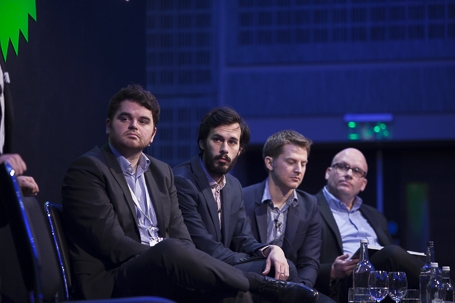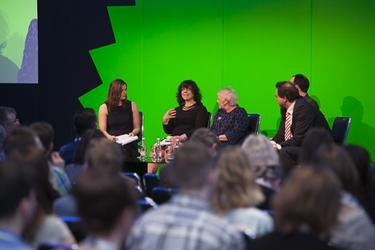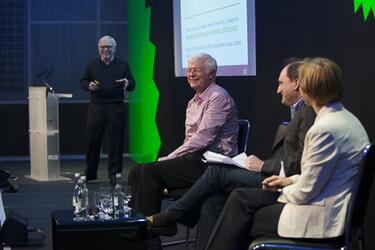Rise of the machines – technology transforming research

Bob Cook, director of innovation and inspiration at Firefish, said the huge volume of images being uploaded and shared online – about 1.8 billion pictures per day are added – meant it was essential that in researching the internet, pictures were not overlooked. Cook talked about a research project conducted for the Interactive Advertising Bureau which set out to understand how consumers used multiple screens by equipping respondents with wearable cameras. A human researcher, James, carried out 60 hours of analysis of the footage to count the objects and brands that appeared in the resulting images. A piece of software, however, completed the same task in two seconds.
While it still takes a human to make sense of the numbers collected, artificial intelligence is improving all the time. “The machine is getting better, and James isn’t,” said Dr Cathal Gurrin of Dublin City University, which is behind the image-recognition software.
At the same time as images proliferate online, so too do social media posts, with about 6,000 tweets per second being sent, said Steve Ginnis, head of digital research at the Social Research Institute with Ipsos MORI. The value of social media as a research tool is being under-utilised, he said, largely because clients lack confidence in the value of the social media research they’re presented with.
“There’s increasing scepticism that social media research is not living up to the hype,” said Carl Miller, research director of the Centre for the Analysis of Social Media and a visiting research fellow at King’s College London. “We’re trapped in this prison of raw metrics and things we can count.”
Social media research, to gain respect and utility, Miller said, should be driven by social science and a desire to understand what’s behind data such as the number of retweets. Who is retweeting and why is as important as the number. “These raw metrics are the beginning of a story,” he said. Ultimately, he said, online and offline research needed to be united, rather than have social media research discussed in isolation.
Meanwhile, Jason Brooks, managing director of Applied VR, said the falling cost of virtual reality meant it was poised to become a useful research tool, especially for clients whose products are expensive or time-consuming to prototype, such as cars or supermarkets. He said that while VR could never replicate reality, it could put respondents into a situation that felt almost real, and led to more authentic and, ultimately, more valuable responses.

We hope you enjoyed this article.
Research Live is published by MRS.
The Market Research Society (MRS) exists to promote and protect the research sector, showcasing how research delivers impact for businesses and government.
Members of MRS enjoy many benefits including tailoured policy guidance, discounts on training and conferences, and access to member-only content.
For example, there's an archive of winning case studies from over a decade of MRS Awards.
Find out more about the benefits of joining MRS here.












0 Comments